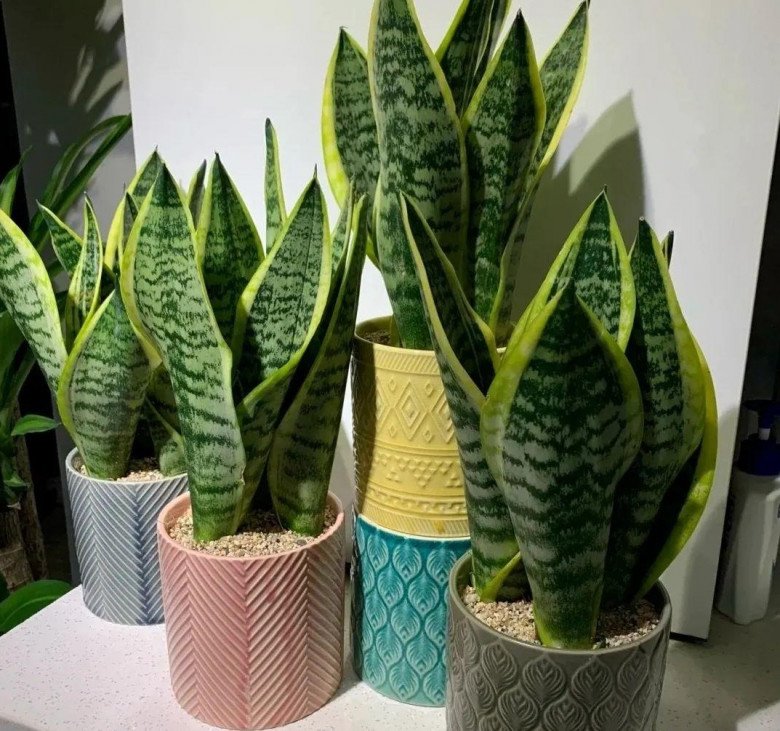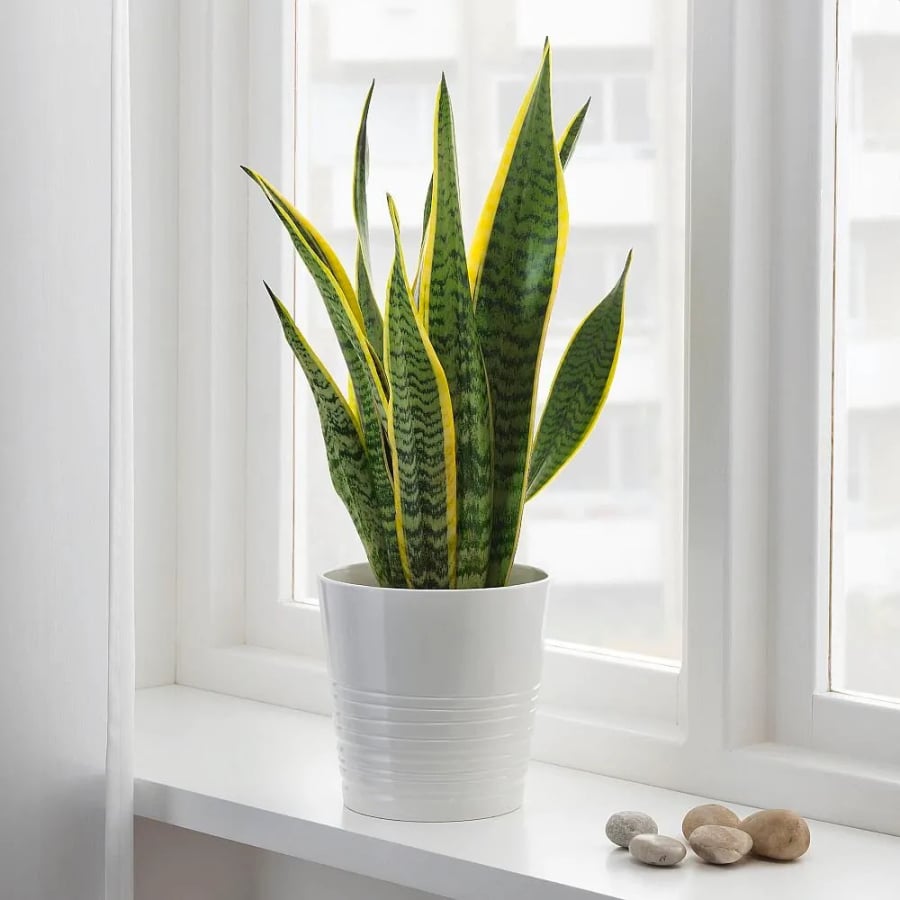The Tiger Tongue is one of the perennial plants known for its lush and straight-shaped shovel leaves. Furthermore, the leaves of the Tiger Tongue plant have striking and eye-catching green and yellow stripes. Not only does the Tiger Tongue plant have an attractive appearance, but it also holds positive meaning in Feng Shui, helping homeowners ward off bad luck and attract good luck and prosperity. Perhaps that’s why many people love to buy Tiger Tongue plants and grow them on balconies, living rooms, bedrooms, study rooms, or offices.
This plant is also easy to cultivate, care for, and is considered an “everlasting plant.” Even if you forget to water it, the plant can still thrive and show vitality. Additionally, the Tiger Tongue has the ability to purify the air, release oxygen, and absorb toxic gases, creating a healthier and more pleasant living environment. To ensure optimal growth, sprouting, and abundant flowering of the Tiger Tongue plant, you need to meet these three requirements.

Light-loving
In the development of the Tiger Tongue, sunlight is one of the crucial factors. Although the plant can “survive well” in low light environments, you should provide enough light for the plant to grow vigorously. Therefore, don’t just place the Tiger Tongue plant in one corner; instead, find locations with scattered light and good ventilation.
This way, the Tiger Tongue plant can perform photosynthesis well, synthesize nutrients, and avoid leaf yellowing and softening caused by a lack of sunlight. Therefore, the ideal position to place the pot of the Tiger Tongue plant is near south-facing windows or balconies.

Bean-loving
Although the Tiger Tongue can develop normally in arid environments, you still need to fertilize the plant during its growth. Since the Tiger Tongue is not picky, you can simply use pure urea as fertilizer.
If you don’t have urea fertilizer available at home, you can use beans as a substitute. The reason for this is that soybeans can decompose a large amount of nitrogen gas and help the leaves become firm, thick, and promote sprouting and growth of the Tiger Tongue.
First, boil the soybeans and then take about 3 to 5 seeds and bury them deep under the flower pot. Especially, you should keep them away from the plant’s roots to prevent root burn during the decomposition process.

Drought-tolerant
As a plant with thick leaves and water-filled roots, the Tiger Tongue not only has vigorous vitality but can also store water, withstand drought, and grow well in dry environments. When choosing the soil for planting the Tiger Tongue, you should select a well-drained and dry type of soil. In addition, you should avoid watering the plant too frequently. During the summer, as water evaporates quickly, you can water the plant about once a week. In contrast, during winter, water evaporates slower, so you can water the plant twice a month.
In case of extremely low temperatures, around 5 degrees Celsius or below, you should temporarily stop watering the plant and only water it when the soil is dry.
2023 Lunar New Year Gift Ideas for Older Family and Friends
As 2021 approaches, families worldwide are gathering to celebrate the special bond between grandparents and their grandchildren. To show their love and admiration, these thoughtfully chosen gifts will bring a smile to the face of the elderly. Here, we have compiled a list of the 13 most meaningful Tet presents that can bring joy to our beloved grandparents.






































